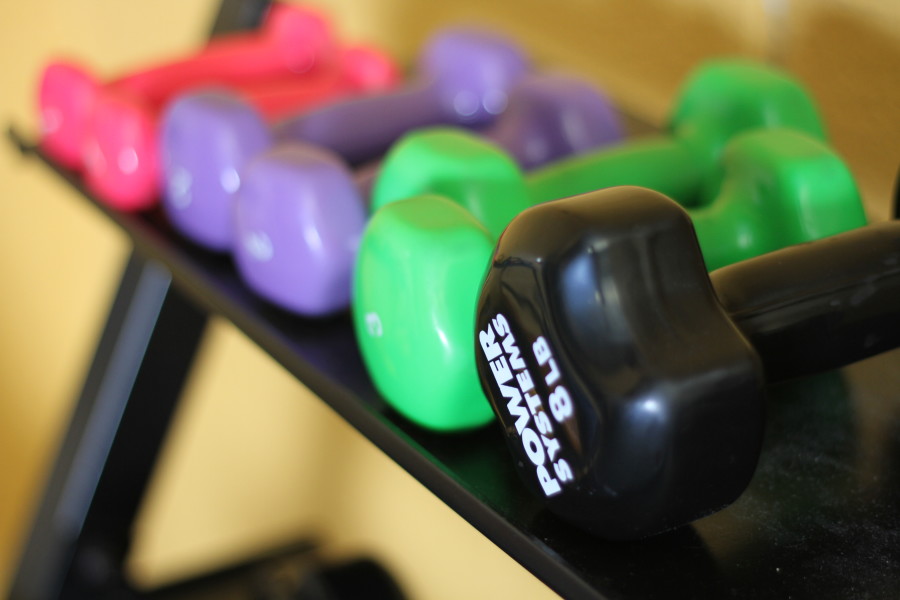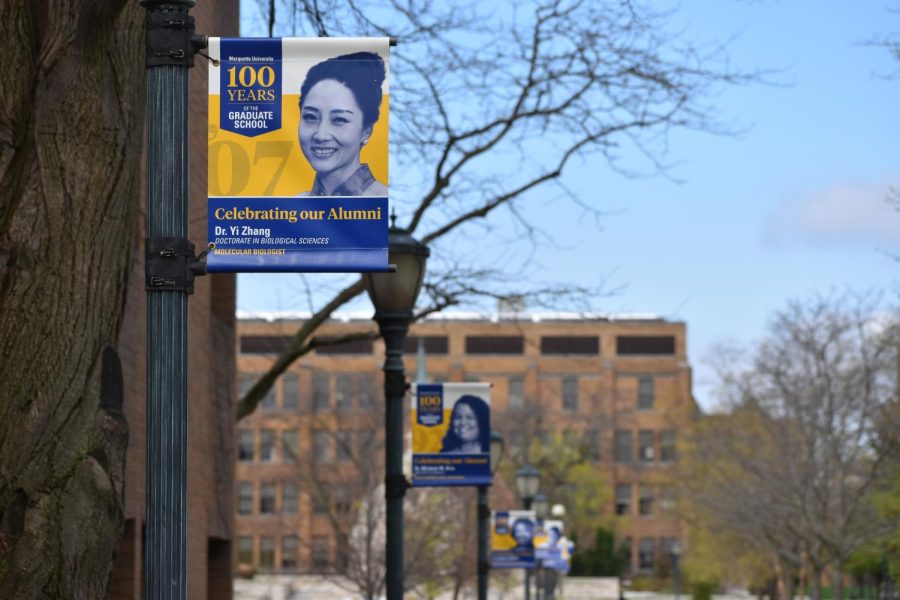One glance into the gym and you’ll see half of the people on one side, sweating away on the cardio machines and the other half on the other side, grunting and lifting heavy weights. There’s a definite imbalance when one exercise is done without the other. There are several different conclusions men and women form on resistance training, and many beliefs about weightlifting are not grounded in scientific fact. Weightlifting is extremely beneficial for both men and women, and it is important to separate fact from myth to ensure a healthy lifestyle.
One common misconception is that resistance training will make women big and bulky. Think again. It is almost impossible for this to happen. According to the National Strength and Conditioning Association, free flowing testosterone is needed to see a significant increase in muscle mass, and women have about 15 to 20 percent lower levels than men. This testosterone is what makes it easier for men to become buff, not the weightlifting itself.
Dr. Christopher Simenz, professor of kinesiology and biomechanics here at Marquette, emphasizes this concept: “In order to elicit real gains in muscle hypertrophy in women, training levels need to be huge, much more than a typical training regimen.” Women can benefit from resistance training as much as men without seeing a significant increase in the size of their body.
Women who spend most of their time at the gym on the elliptical or the treadmill need to understand that cardio alone will not build the lean muscle that is desired. Resistance exercises provide that “toned” look they’re striving for.
“For wellness, both cardiovascular and resistance exercises are necessary. One without the other is creating an unbalanced system. Both are incredibly beneficial,” says Simenz.
Resistance training is not only essential for becoming toned and strengthening one’s muscles, but it also helps build strong bones and increases resting metabolic rate. Muscle weighs more than fat, and if one is building lean body mass, his or her body will burn more calories sitting around because muscle is more active than fat.
“Essentially, you can be watching TV and eating potato chips, but your muscles can help you burn calories at the same time,” says Dr. Kristof Kipp, professor of strength and conditioning.
The problem with many exercisers is the muscles they intend to bulk up. The main weight-lifting exercise men tend to do is the bench press. The bench press is a great exercise because it works triceps, pectorals and deltoids. Unfortunately, focusing primarily on the bench press leads to muscle imbalance. Areas such as the upper back and rotator cuff muscles in the shoulders are often overlooked in terms of muscle conditioning.
This happens mainly because of the aesthetic look and men thinking about building that “spring break bod.”
Simenz adds, “A lot of young men are wrongheaded – they should be thinking about functional strength instead of just body building.” Functional strength means training the body to become strong for every day exercises, to reduce risk of injury or bone-degenerative diseases in the future.
Kate Hasse, a CPT and personal training supervisor at the Rec, says, “Honestly, the biggest mistake men and women make at the gym is bad form. Based off personal opinion, I would say 70 percent of the people I see in the weight area have bad form. Bad form causes injuries.” For safety and body mechanics, proper form is essential. Pushing too much weight unsafely can be detrimental to one’s health.
Progression is key to every type of exercise. “Generally, college students overtrain. Doing multi-joint exercises two to three times a week is usually enough to start building muscle,” says Kipp.
Many athletes or students that want to gain muscle take supplements, such as protein powder, to enhance their muscle growth. This is another cloudy area for students regarding resistance training. Protein supplements are definitely beneficial, but they only help with a very small percentage of building muscle, as opposed to eating right and getting enough sleep. These factors play a large role in building up strength. Minimizing external stress and keeping a positive energy balance is important. This means ingesting more calories than expending.
It is essential to eat around 45 minutes to an hour after your workout so your body can better uptake the nutrients. “Chocolate milk is a great snack after your workout because it provides your body carbs, and because it is in liquid form, your body can absorb it really well,” says Kipp.
When thinking about exercise selection, keep in mind realistic goals and time limits. If a person were to try to isolate all of the muscles in their body, it would take the entire day to complete all the exercises. Instead of doing single-joint exercises that only work one muscle, focus on exercises that work multiple areas at one time. For example, instead of doing bicep curls, try doing lateral pull-downs, which work the back, biceps and shoulders all at once. For the lower body, any complex triple extension exercises like squats, dead-lifts, step-ups or lunges will work your glutes, quads and calves at the same time.
“The squat and dead-lift are very functional movements that people use every day. From bending down to pick up a book, to standing up from a chair, we use these movements everyday whether we realize it or not,” says Rec Center trainer Michael Branda.
“I really think that your mind does 99 percent of the job,” says Karishma Patel, junior in the Klinger College of Arts & Sciences. “Whenever I lift, I remind myself that my goal is to be toned and fit, not skinny; because there’s nothing flattering about being skinny. And as far as it goes for getting ‘too bulky,’ I think it’s important to note the amount of weight that you’re lifting. You won’t get bulky if you’re using smaller weights and doing 2-3 reps. When paired with cardio and a healthy diet, it’ll help shed fat and build muscle.”
If you’re not quite sure where to begin, the Rec Center and the Rec Plex have fitness assessment centers that can help determine where you should start your training. They also offer personal training sessions at both centers with certified personal trainers.
“They are able to fit any person’s needs and goals, whether that be strength, power, endurance or hypertrophy. Most people just don’t know the difference and a personal trainer is a great guide to achieving your optimal fitness level,” says Hasse. Personal training sessions are $12 an hour for students, and 30-minute consultation sessions are free if you decide to meet with a trainer.
“Most students come to me wanting to learn how to resistance train or wanting to lose weight/tone up,” Branda says. “I want to expose them to new exercises, but at the same time, just because they’re working out, doesn’t mean that they have to dread it,” Branda says.
Regardless of whether you are male or female, resistance training is something that every college student should do. Done properly and safely, exercising regularly can ensure a healthy lifestyle that can stick with you long after college.









